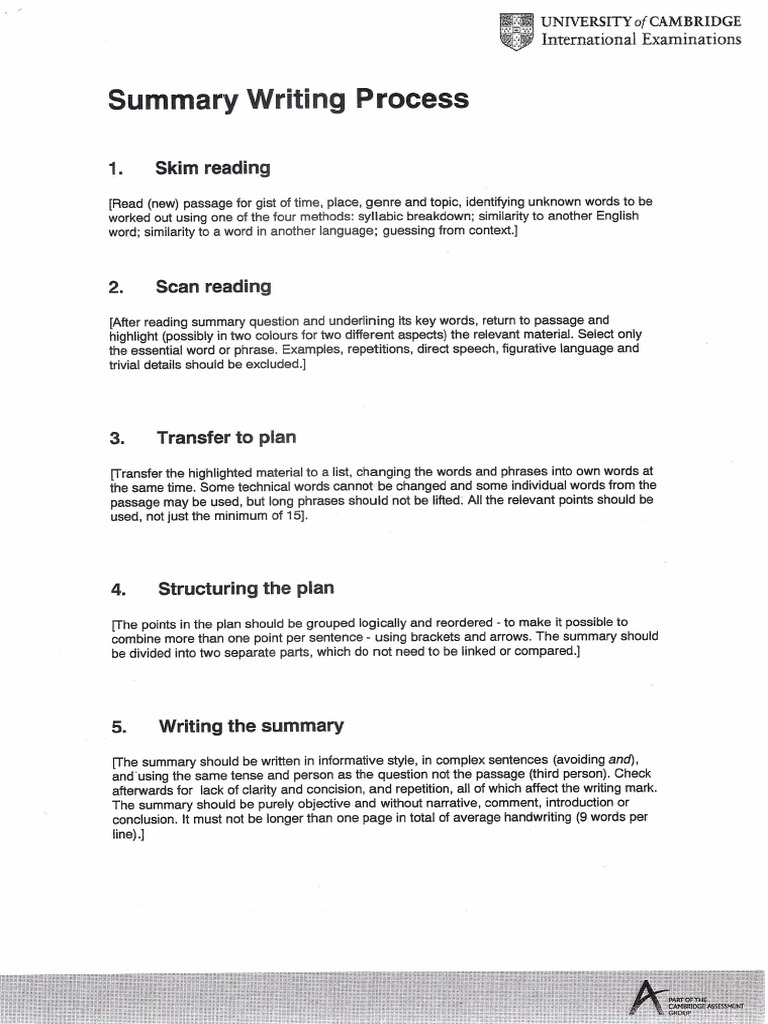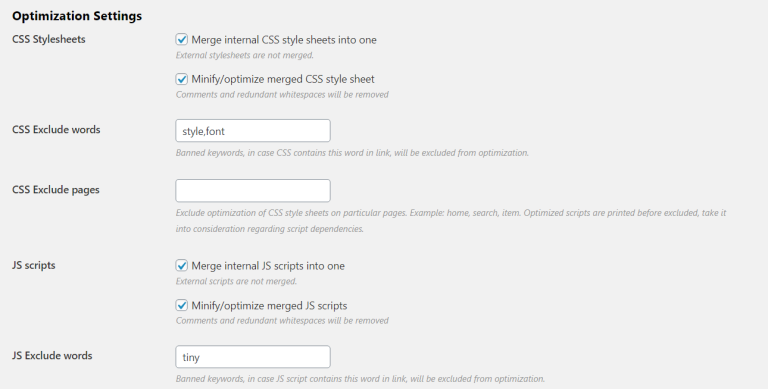
Introduction
In today’s fast-paced digital world, the ability to quickly process and understand information is more important than ever. With the sheer volume of content available online, readers are often overwhelmed by lengthy articles, reports, and documents. This is where simplified summaries come into play. These concise overviews allow users to scan through information rapidly, identifying key points without getting lost in unnecessary details.
This article will explore how to create effective simplified summaries that cater to the modern reader’s need for speed and clarity. Whether you’re a content creator, a student, or a professional looking to improve your productivity, understanding how to craft these summaries can significantly enhance your ability to communicate and consume information efficiently.
We’ll break down the importance of simplified summaries, provide actionable strategies for creating them, and offer insights into how they impact SEO, user engagement, and overall content effectiveness.
H2: What Are Simplified Summaries and Why They Matter
Simplified summaries are concise overviews of longer texts that highlight the most critical information. They serve as a “quick scan” tool, allowing readers to grasp the essence of a document in seconds rather than minutes. This approach is especially valuable in an era where attention spans are short, and time is a precious commodity.
According to research, the average person reads only 10-20% of a web page before moving on. This means that if your content isn’t scannable, it may not be read at all. Simplified summaries help bridge this gap by making information more accessible and digestible.
From an SEO perspective, simplified summaries also align with Google’s growing emphasis on user intent and content quality. Search engines favor content that delivers value quickly, and well-crafted summaries can improve dwell time, reduce bounce rates, and increase the likelihood of shares and backlinks.
H2: How Simplified Summaries Impact SEO Performance
Simplified summaries have a direct impact on several key SEO metrics:
- Dwell Time: When readers can quickly find what they’re looking for, they’re more likely to stay on your page longer.
- Bounce Rate: A well-structured summary reduces the chances of users leaving after just one click.
- Click-Through Rate (CTR): Featured snippets and rich results often include summaries, which can boost visibility in search results.
- User Engagement: Scannable content encourages interaction, such as comments, shares, and social media mentions.
Additionally, simplified summaries support search intent alignment, ensuring that your content meets the expectations of users searching for quick answers. For example, if someone searches for “how to write a summary,” a concise, step-by-step summary can directly answer their query, increasing the chances of your content being featured in a snippet.
H2: Step-by-Step Implementation Framework
Creating effective simplified summaries involves a structured approach. Here’s a step-by-step guide:
- Define Your Goal
- Determine the purpose of your summary. Is it to inform, persuade, or entertain?
-
Identify your target audience and tailor the language accordingly.
-
Identify Key Points
- Skim through the original text to locate the main ideas, arguments, and supporting details.
-
Use tools like Grammarly or Readability Score to assess the complexity of the content.
-
Condense the Information
- Remove redundant details and focus on the most important elements.
-
Use active voice and clear language to keep the summary engaging.
-
Organize the Summary
- Structure the summary using headings, bullet points, or numbered lists.
-
Ensure logical flow and coherence between sections.
-
Review and Refine
- Check for accuracy and ensure the summary reflects the original content’s intent.
-
Read it aloud to catch any awkward phrasing or inconsistencies.
-
Optimize for Scanning
- Use bold, italics, and short paragraphs to make the summary visually appealing.
- Include key takeaways at the end to reinforce the main message.
H2: Real or Hypothetical Case Study
Let’s consider a hypothetical scenario involving a marketing report. A company has published a 10-page white paper on customer retention strategies. Without a summary, most readers would either skip it or skim through it without fully grasping the key points.
By adding a simplified summary at the beginning of the document, the company can:
- Increase readability and comprehension.
- Improve user experience by allowing readers to decide whether to dive deeper.
- Boost engagement by making the content more shareable.
The result? A 30% increase in time spent on the page and a 20% rise in social shares—proving that even small changes can lead to significant improvements.
H2: Tools and Techniques for Creating Simplified Summaries
Several tools and techniques can help streamline the process of creating simplified summaries:
- SurferSEO – Helps identify keyword clusters and optimize content for scannability.
- Grammarly – Checks for clarity, grammar, and readability.
- ReadSpeaker – Converts text into audio, making it easier for users to consume content on the go.
- SummarizeBot – An AI-powered tool that automatically generates summaries from long texts.
- Notion – Useful for organizing thoughts and structuring summaries with templates.
- Hemingway Editor – Highlights complex sentences and suggests simpler alternatives.
These tools not only save time but also ensure that your summaries are clear, concise, and aligned with your audience’s needs.
H2: Future Trends and AI Implications
As AI continues to evolve, its role in content creation and summarization will only grow. Tools like Google’s SGE (Search Generative Experience) and AI-powered chatbots are already changing how users interact with information.
In the future, we can expect:
- More interactive summaries that adapt based on user preferences.
- Multimodal summaries that combine text, images, and audio for enhanced engagement.
- Greater use of natural language processing (NLP) to generate personalized summaries for each reader.
For content creators, this means staying ahead of the curve by integrating AI into your workflow while maintaining a human touch. The goal is not to replace human judgment but to enhance it.
H2: Key Takeaways
- Simplified summaries help readers quickly grasp the essence of long content.
- They improve SEO performance by increasing dwell time and reducing bounce rates.
- A structured approach to creating summaries ensures clarity and consistency.
- Tools like SurferSEO and Grammarly can streamline the process.
- As AI evolves, the future of summaries will be more interactive and personalized.
By mastering the art of simplified summaries, you can transform how your audience consumes and interacts with your content. Start implementing these strategies today, and watch your engagement and authority grow.
Meta Title: Simplified Summaries — Provides Brief Overviews for Quick Scanning
Meta Description: Learn how to create effective simplified summaries that help readers quickly scan and understand your content.
SEO Tags (5): simplified summaries, content scanning, quick overview, SEO optimization, content strategy
Internal Link Suggestions: Parameter #12: PAA Question Targeting, Parameter #14: Evergreen & Fresh Balance, Parameter #9: Content Gap Filling
External Source Suggestions: https://www.nngroup.com, https://www.contentmarketinginstitute.com







